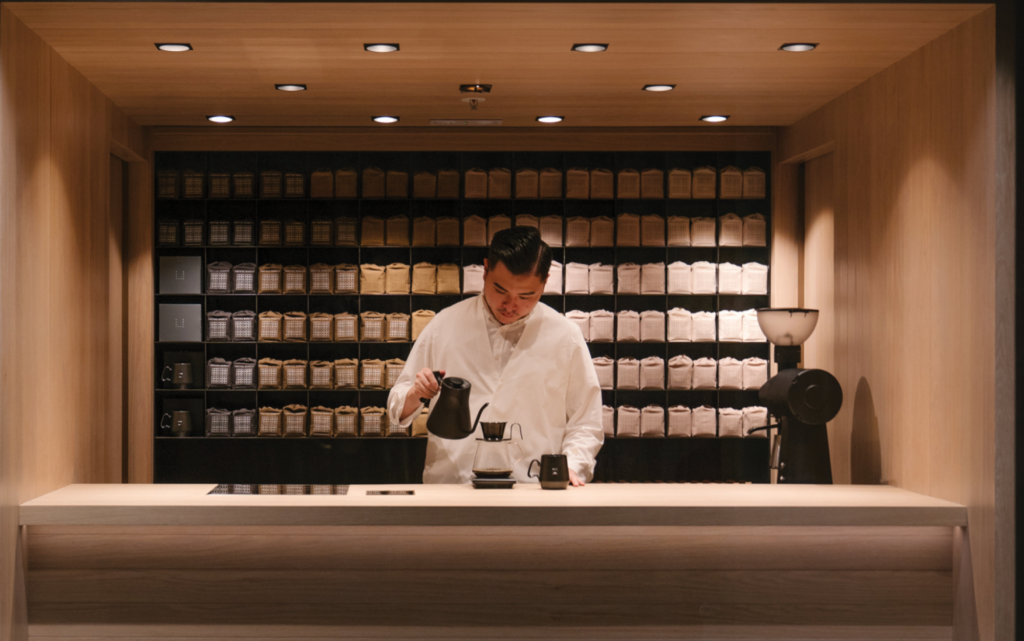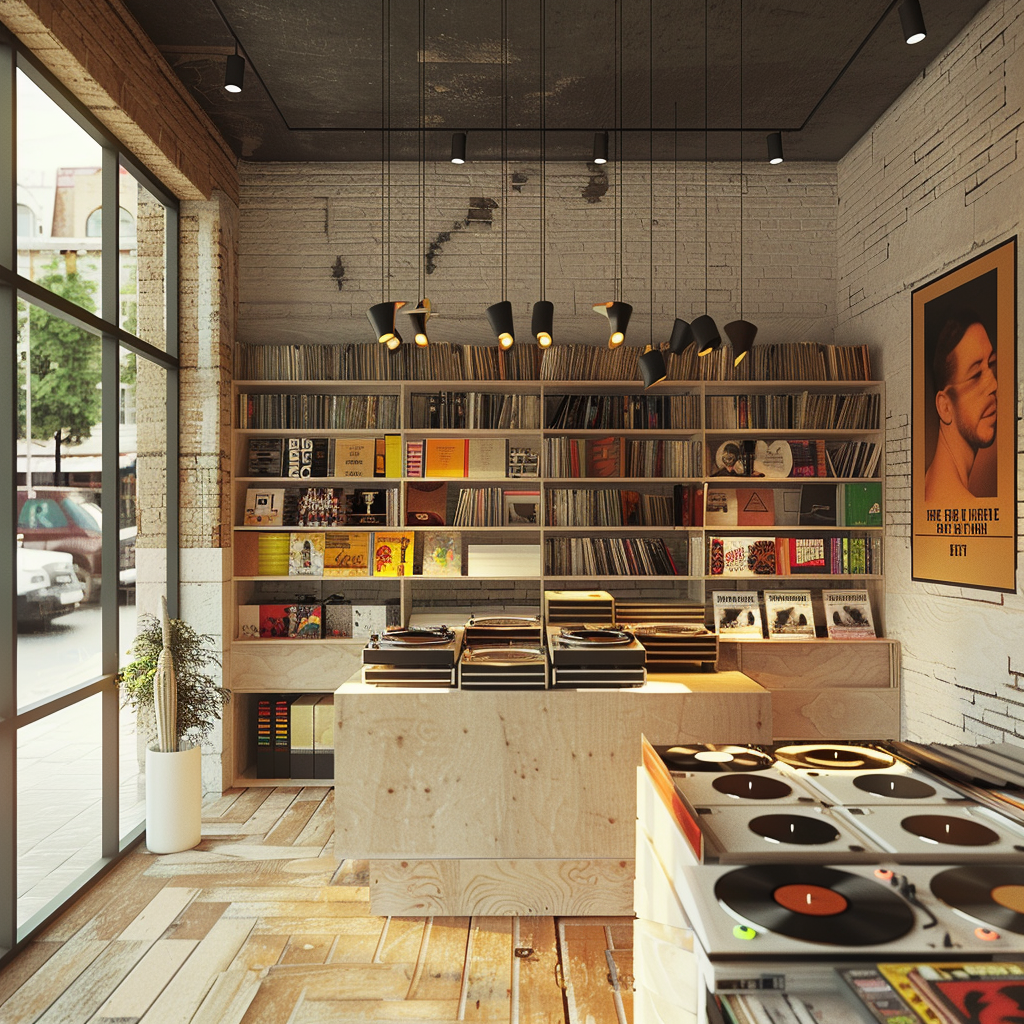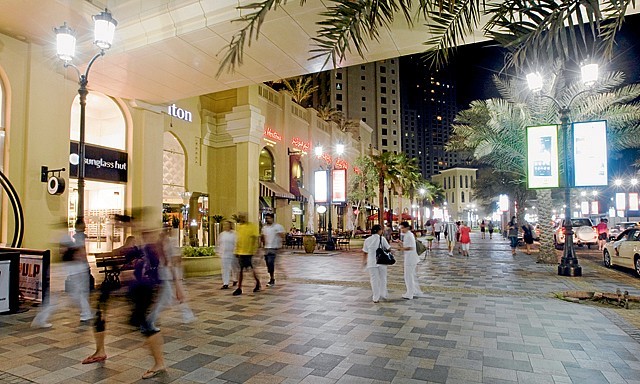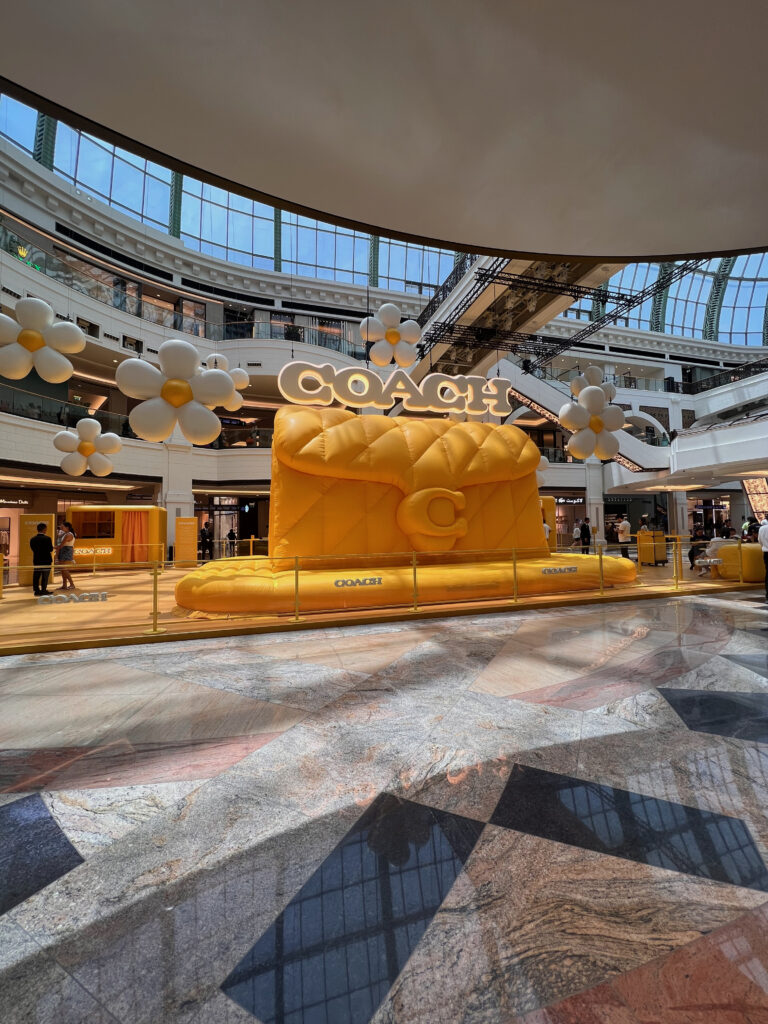Padel Popularity Surge: Analyzing the Global Racket Sport Phenomenon
Padel, a racket sport that combines the elements of tennis, squash, and badminton, has seen a meteoric rise in popularity in recent years. Once a niche sport with roots in Latin America and Spain, it has now become a global sensation, with millions of enthusiasts taking up the game. Its growth has been bolstered by its accessibility and social nature, making it an attractive option for players of all ages and skill levels. Ranked among the world’s fastest-growing sports, padel appeals to those looking for an engaging physical activity that is both competitive and enjoyable.
Statistics highlight the sport’s expansion, with countries like Spain and Argentina boasting millions of active players, solidifying their spots at the forefront of padel’s popularity. The growth is not limited to traditional strongholds; countries such as Sweden and Italy have seen significant increases in player numbers, indicating a burgeoning European interest. The sport’s appeal has also reached broader shores, with over 25 million people playing padel in more than 90 countries worldwide. This global embrace is a testament to the sport’s adaptability and the international community’s growing appetite for new and dynamic sports experiences.
Origins and Development
Padel was invented in the 1960s by a Mexican businessman named Enrique Corcuera. It began as a hybrid sport combining elements of tennis and squash, designed to be played on a smaller court. The first padel court was built at Corcuera’s private residence in Acapulco. Corcuera modified the existing tennis rules to adapt to the new court size and walls, thereby creating the game known today as padel.
Global Spread
From its inception in Mexico, padel spread to Spain and subsequently across Europe and Latin America. Enrique Corcuera’s friend, Alfonso of Hohenlohe-Langenburg, played a crucial role in popularizing the sport in Marbella, Spain. By the 1970s, the first padel club in Spain was established, paving the way for an increasing number of courts throughout the country. The sport’s social aspect and approachability aided in its proliferation, eventually leading to the foundation of key national and international federations that structured professional play and standardized rules.
Adoption Rates by Country
Padel, traditionally a sport with its strongholds in Latin America and Spain, has seen a dramatic upswing in adoption globally. European countries, notably Sweden and Italy, have experienced a significant rise in the number of padel courts. The Playtomic Global Padel Report 2023 highlights an exponential increase in court constructions, suggesting a promising forecast for the sport’s infrastructure and player base in these regions.
Media Coverage and Public Events
An uptick in media coverage and the organization of public events have been central to spreading awareness of padel. Major sports networks and publications have dedicated time and space to padel, with coverage of notable tournaments becoming increasingly common. These events not only spotlight professional play but also serve as an attraction, drawing in fans and curious spectators, which further feeds into the sport’s growth trajectory.
Market and Industry Analysis
The padel industry has witnessed substantial growth, marked by significant investments and increasing market value indicating a robust economic impact. Equipment and apparel sales are key contributors, reflecting the sport’s expanding popularity.
Economic Impact
According to a Business Research Insights report, the global padel market size was valued at USD 190.78 million in 2021 and is projected to escalate to USD 477.03 million by 2031, growing at a compound annual growth rate (CAGR) of 9.6%. This trajectory signifies padel’s escalating influence on the sports economy and showcases the sport’s burgeoning appeal across various regions.
- 2021 Market Size: USD 190.78 million (Business Research Insights).
- Projected 2031 Market Size: USD 477.03 million.
- CAGR (2021-2031): 9.6%.
Equipment and Apparel Sales
Industry players are tapping into the rapidly growing demand for padel equipment and apparel. The market is currently estimated at USD 327 million in 2022 and is predicted to experience a growth rate of 9.6% through 2027. Key market segments such as rackets, shoes, bags, and other accessories drive this segment’s growth, indicating a thriving sector within the padel industry.
- 2022 Equipment/Apparel Market: USD 327 million (Padel FYI).
- Estimated CAGR (through 2027): 9.6%.
Challenges and Opportunities
In examining the sphere of padel popularity, one notes a landscape punctuated by significant challenges and opportunities that are shaping the sport’s global trajectory.
Accessibility and Infrastructure
Accessibility remains a chief hurdle for padel expansion. Despite the sport’s growing popularity, not all regions have adequate facilities. For instance, the proliferation of padel clubs is a crucial factor, as evidenced by the sport’s remarkable presence, with over 10 million players globally. This indicates a need for continued investment in courts and clubs to match the rising interest. Additionally, while accessibility increases in urban areas, rural and underdeveloped regions often lag behind in infrastructure development, posing a challenge to widespread adoption.
Future Outlook
The future of padel seems bright with current trends suggesting a path toward formidable growth. Key studies, such as the Playtomic Global Padel Report 2023, highlight the sport’s economic potential, valuing the industry at approximately 2 billion euros. Expansion and recognition on a global scale could further open doors, with discussions about padel’s inclusion in the Olympics spotlighting its potential. However, competitivity with established racquet sports and the requirement for more pervasive global recognition remain challenges to its Olympic aspirations.







